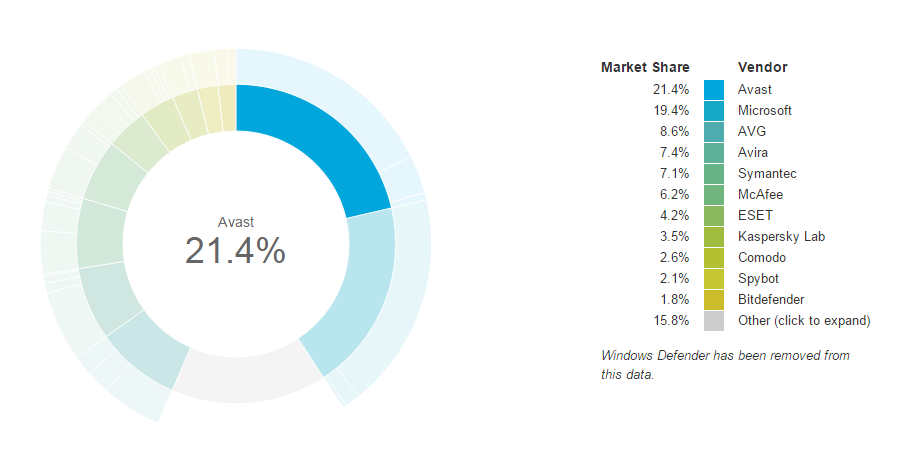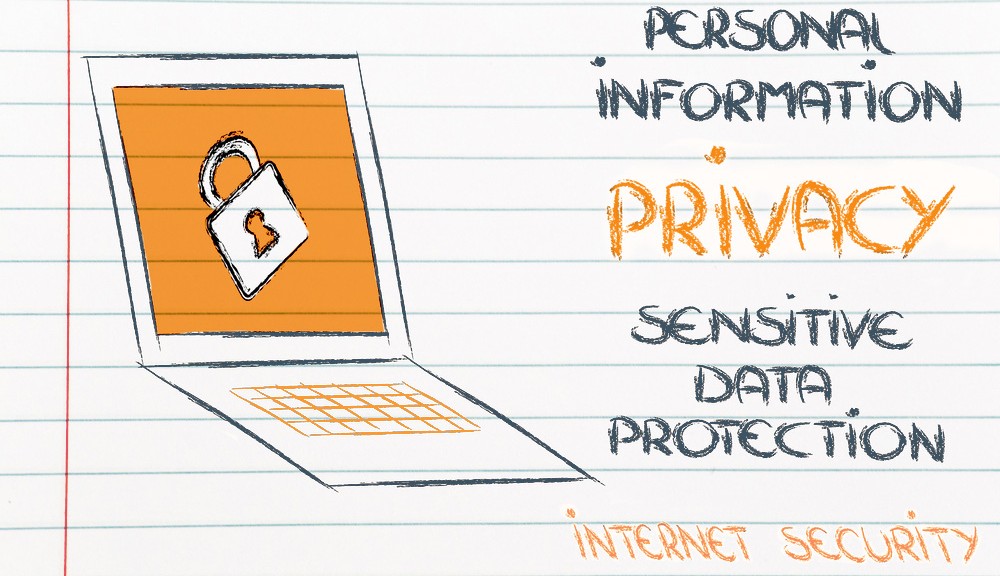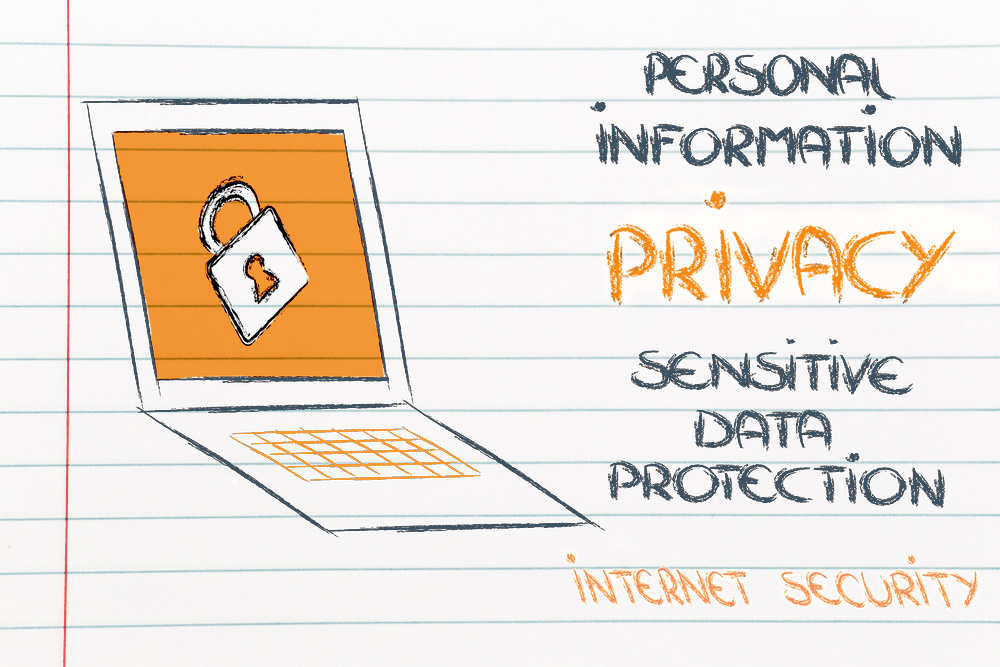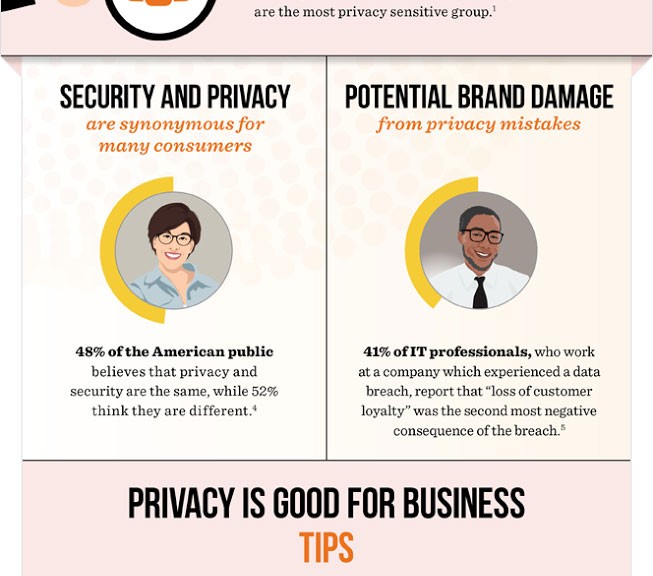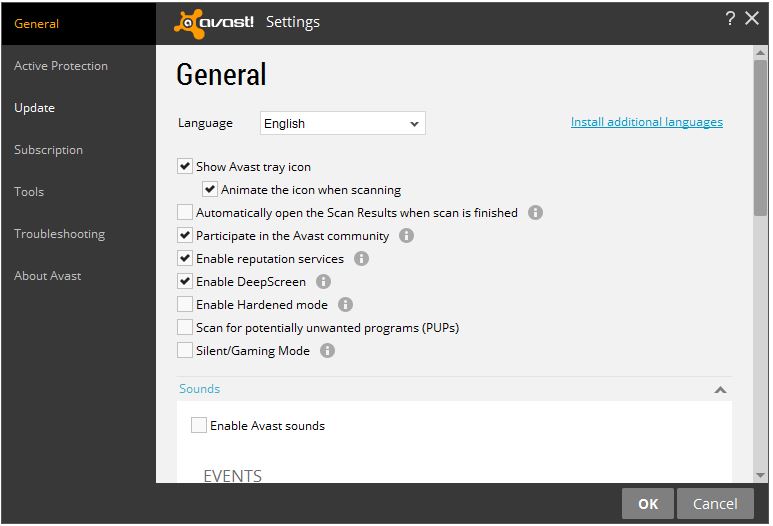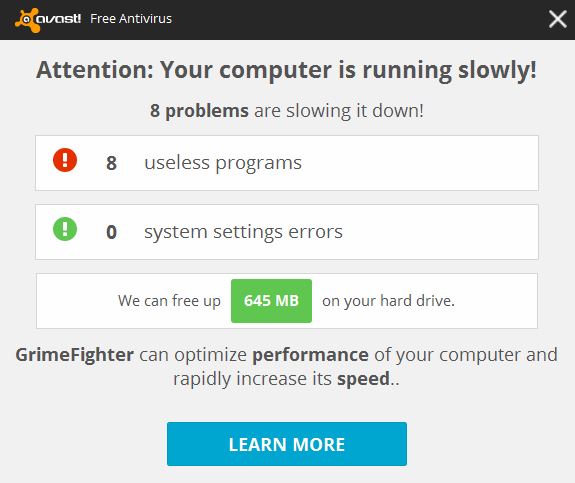Part of the Avast team was reunited again at the Mobile World Congress, in Barcelona, to show our new apps: Avast Battery Saver, Avast GrimeFighter and Avast SecureMe, and also other popular apps like Avast Mobile Security and Avast SecureLine.
Jude McColgan, president of Mobile, and Filip Chitry, malware analyst, came from our office in Prague with Petra, Jindra, Zdeněk, Jakub, Petr, Juraj and Farid. Daniel Cheng, Head of Worldwide Mobile Sales and Marketing, came from our offices in Hong Kong and Sung Lyong, came from South Korea. I didn’t travel as I’m working at the host city, the beautiful city of Barcelona. Have you ever been in Barcelona? You should try the famous tapas, walk around Las Ramblas and visit La Sagrada Familia. Feel free to ask us for some recommendations on Twitter! ![]()
The Avast team arrived the weekend before the Mobile World Congress in order to build up our beautiful and colorful booth, located at the Hall 5, booth 5K29. After one day of exhausting work, the booth was ready to receive all the visitors and the journalists. The booth was really cool, right? ![]()
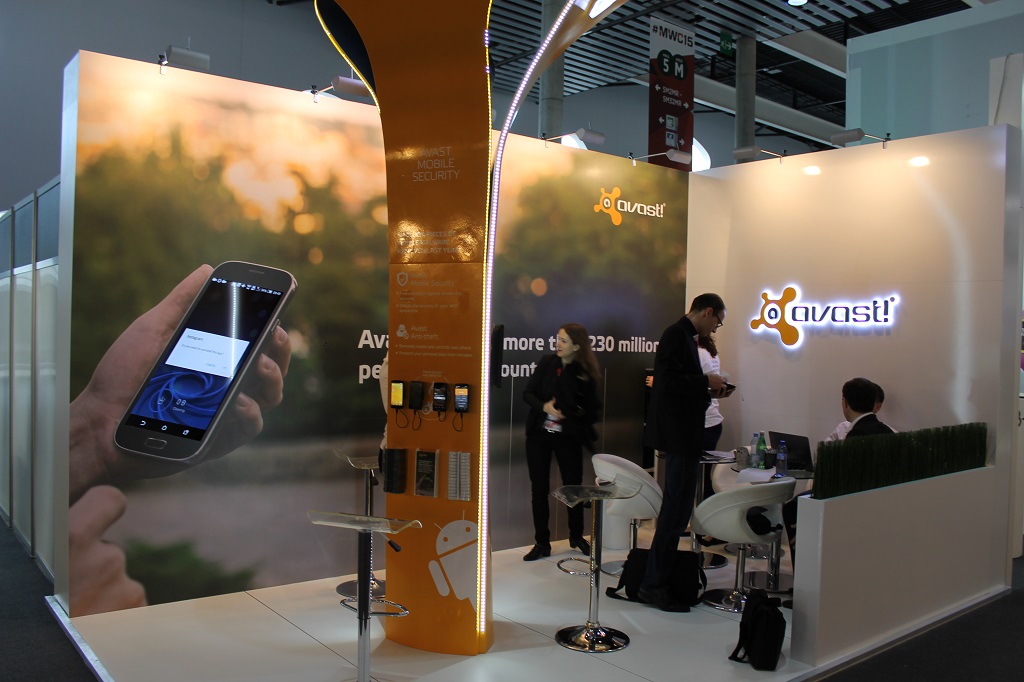
Everything started on monday. Tens of thousands of people came to the Mobile World Congress, located in Hospitalet de Llobregat (“What are you talking about? The MWC is in Barcelona!” Well, not really, the MWC is located in the second largest city of Catalonia, Hospitalet, next to Barcelona) where besides learning some security tips from the Avast team and learning about our new apps, the visitors were able to see what’s new on the mobile industry, like new smartphones, new wearables, new tablets, etc…
The following days were really successful. A lot of people came to our booth to meet the team and, of course, our new apps.
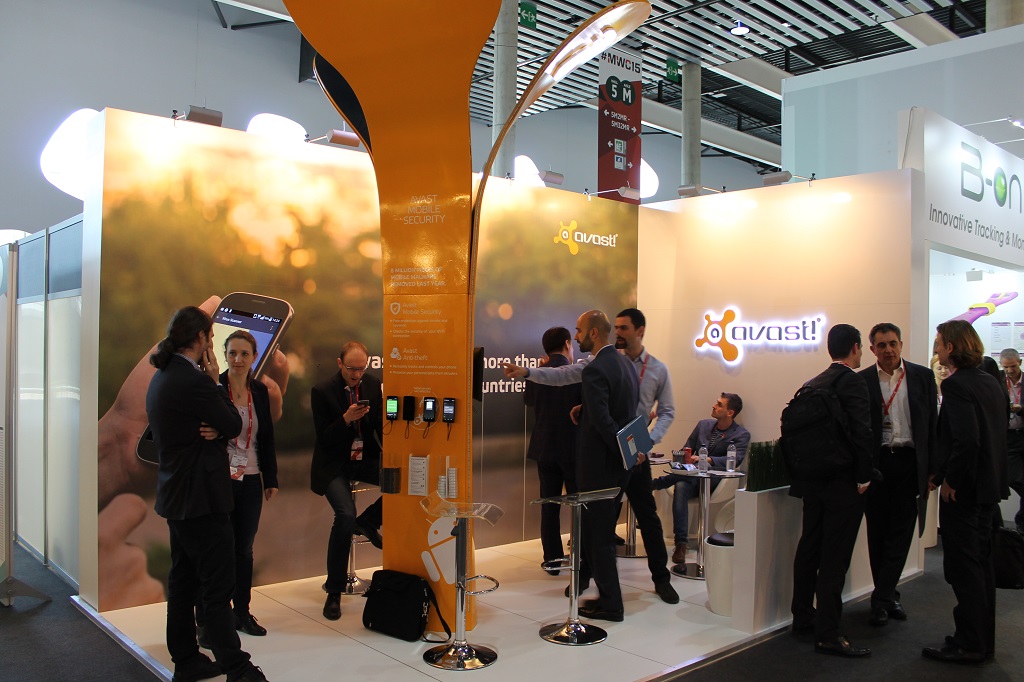
Not only visitors, a lot of journalists from all around the world and from different media, from TV channels to tech blogs, came to our booth. Nobody wanted to miss our new apps and our impressive hacking experiment! Everyone was impressed after knowing how, with Avast Battery Saver, you can save up to 7 hours of battery and, of course, after watching our live hacking experiment, where everyone was able to see how important a good security solution is while using a public Wi-Fi.
The whole team was really satisfied with the results achieved at the Mobile World Congress. The feedback received from the visitors was really positive and of course it will help us to improve our top rated security solutions.
Do you want to know what Filip Chitrý, malware analyst at Avast, and Jindra Pistkova, mobile marketing specialist, said about the Mobile World Congress? Watch the following video:
And last but not least, here you have a picture of the team ![]()
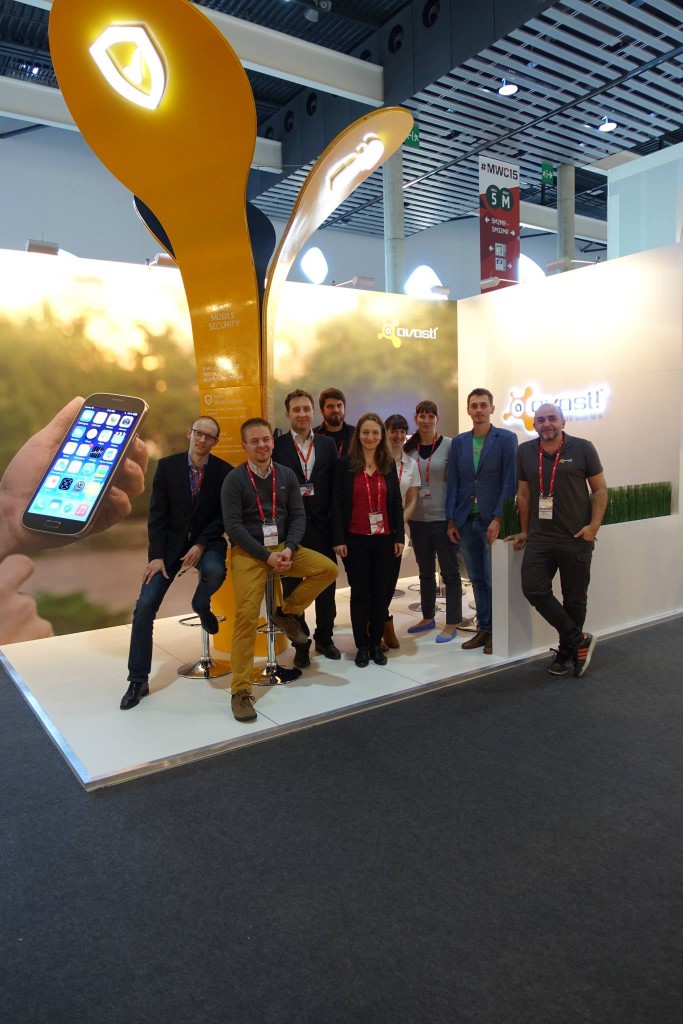
See you next year at Mobile World Congress 2016!

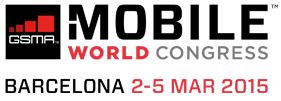


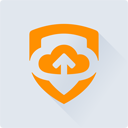 “Our anti-malware engine keeps businesses and individuals protected with up to hundreds of continuous streaming micro-updates throughout the day, providing realtime protection against today’s complex threat landscape,” said Luke Walling, GM and VP of SMB at Avast. “By protecting the most devices we have the best insight into that threat landscape, and that translates into better protection for all of our users. Avast for Business is our answer to providing businesses from startup to maturity a tool for the best protection, and there’s no reason for even the smallest of companies not to use it, because it starts at a price everyone can afford, free.”
“Our anti-malware engine keeps businesses and individuals protected with up to hundreds of continuous streaming micro-updates throughout the day, providing realtime protection against today’s complex threat landscape,” said Luke Walling, GM and VP of SMB at Avast. “By protecting the most devices we have the best insight into that threat landscape, and that translates into better protection for all of our users. Avast for Business is our answer to providing businesses from startup to maturity a tool for the best protection, and there’s no reason for even the smallest of companies not to use it, because it starts at a price everyone can afford, free.”